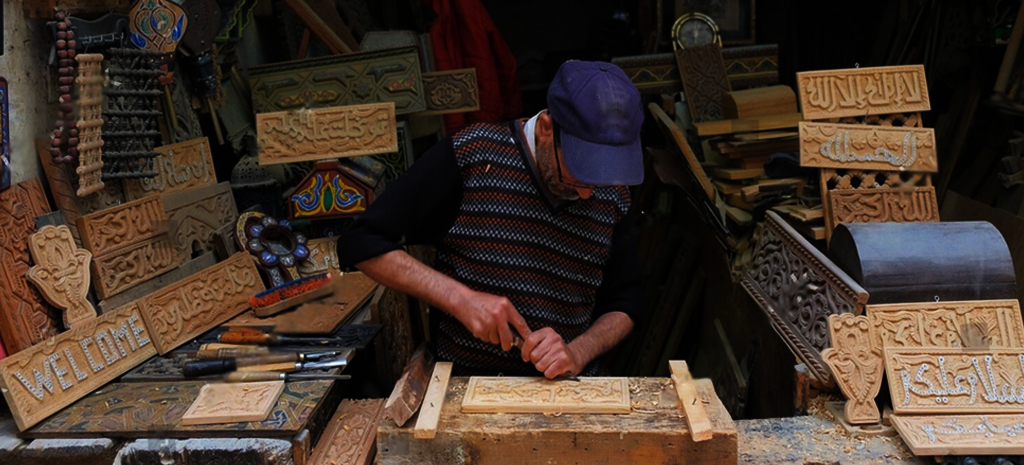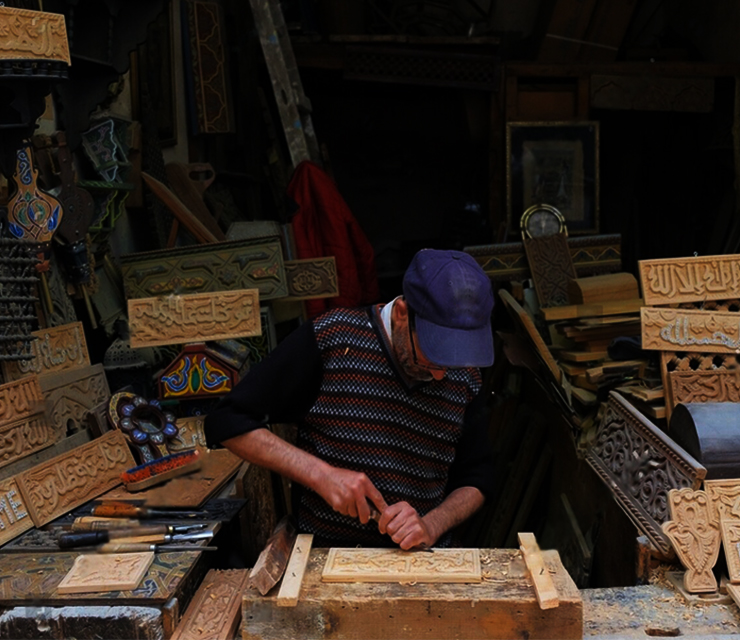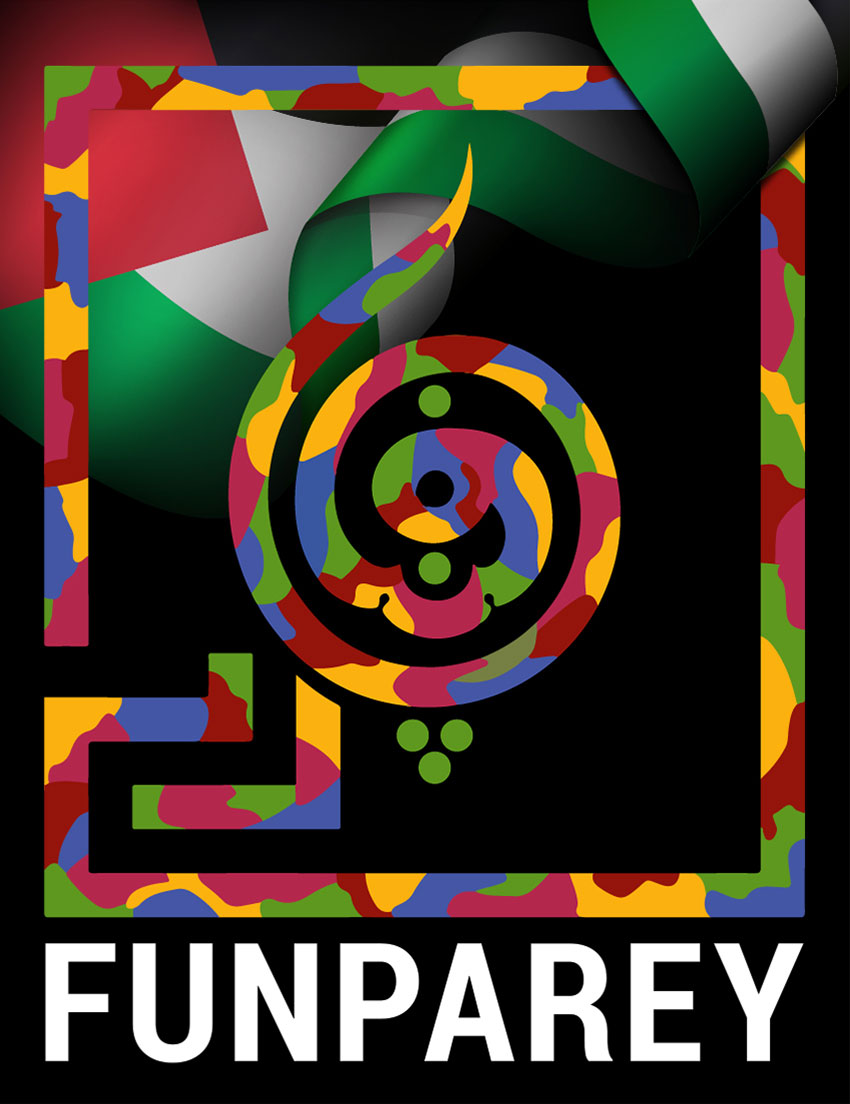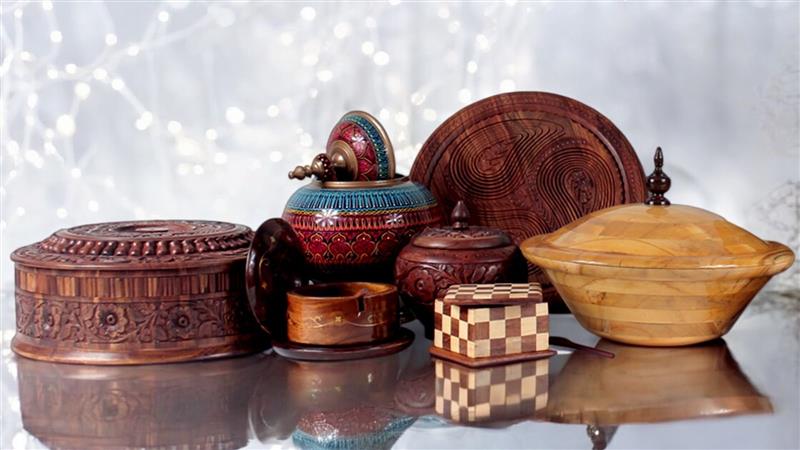Blog Details
- May 5, 2025
Colonial Influence on Pakistani Craft: What Changed, What Survived, and What Was Reinvented

Colonialism shaped the crafts of Pakistan in profound ways, influencing the design, production, and distribution of handicrafts. However, rather than erasing indigenous traditions, colonialism led to a process of adaptation, reinvention, and resilience that has defined Pakistani crafts to this day.


The Colonial Impact: Introduction of New Aesthetic Standards
The colonial period brought with it new materials, tools, and aesthetic preferences that reshaped local craft traditions. Many traditional techniques were adapted to incorporate European styles, particularly in the realms of furniture making and textiles. These hybrid forms blended indigenous and colonial influences, creating new artistic expressions that still reflect both cultures today.
What Survived: The Continuation of Indigenous Craft
Despite colonial efforts to undermine indigenous crafts, many traditional techniques survived. Whether through handloom weaving, pottery, or metalwork, artisans continued to practice and pass down their crafts. These traditional forms not only persisted but flourished in post-colonial Pakistan, serving as a symbol of cultural pride and resilience.
Reinvention and Revival: Craft as a National Identity
After gaining independence, Pakistan saw a resurgence of interest in indigenous crafts. Artisans began to reclaim and reinvent traditional techniques, merging colonial influences with local traditions to create contemporary designs that still honored their cultural roots. This process of reinvention allowed Pakistani crafts to evolve while remaining deeply connected to the nation’s history.


